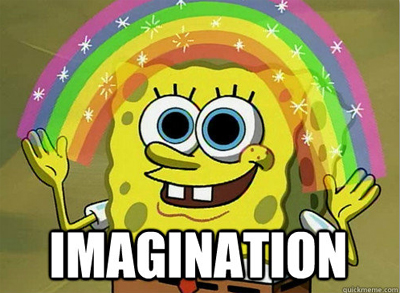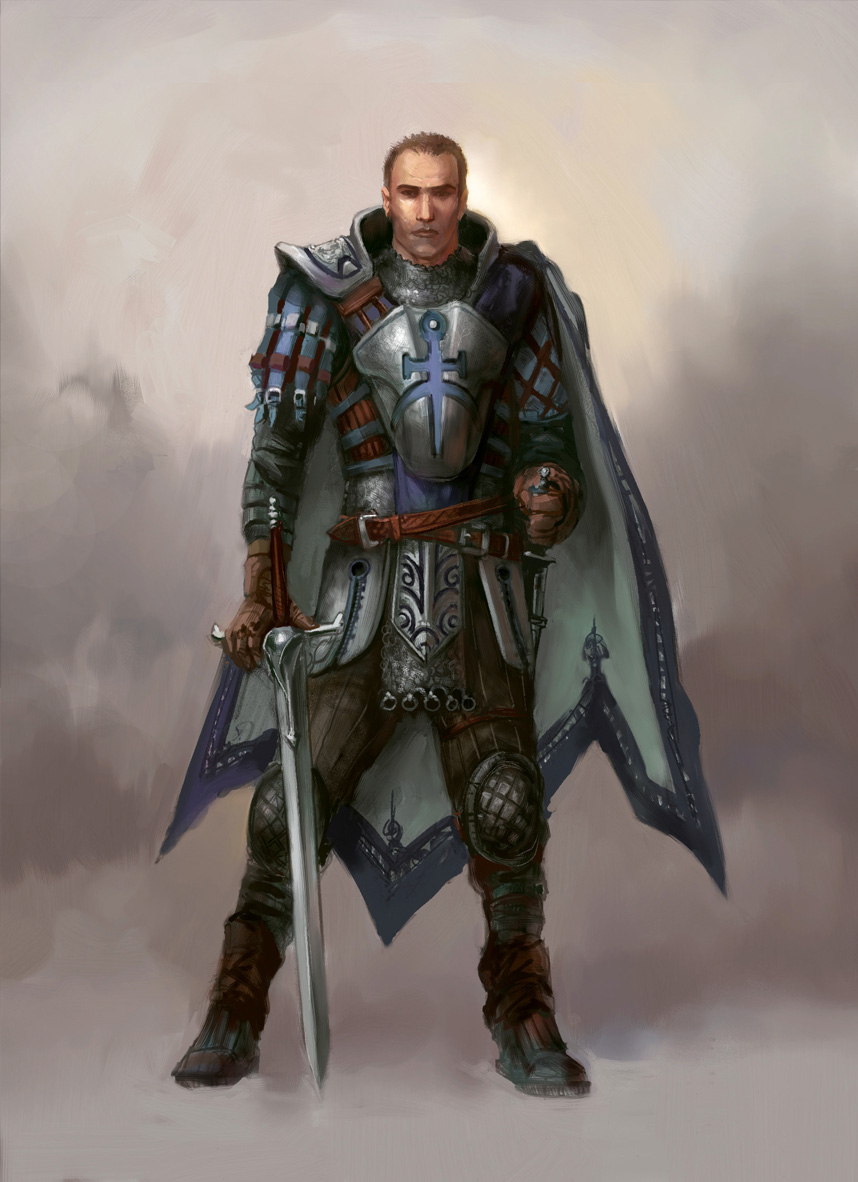'Why spend three years teaching folk what we already know?'
*
Warren Spector, GDC 2006
University is NOT the same as high school or sixth form. You will not be spoon-fed all the information you need to know to pass. The tutors will give you tutorials and information on your tasks, but other than that it is up to you to go away, research and produce work to make you pass the course. If you fail its due to your own negligence, not up to the tutors because they didn't give you the exact piece of information you wanted to know.
I would imagine the industry to be exactly the same. You will not be praised for every piece of work, you will not be comforted when you stress over an asset or design, you get stuck in and find out what you need to know to get the job done. It is difficult in a course like mine to be taught everything as there is so much to know. To most people starting the course they will have never touched 3D, never heard of an engine or know anything about what it is that makes a game yet within just two years I feel like I have learn't an equal amount on my subject to all the work I have done to get me to the point of university... If that makes sense. Basically I have learnt a lot.
Sadly the industry we strive to enter is always changing. There will always be new software to learn, always a trick that you didn't know about before and it is us who has to make sure we know everything and to keep up. If you spend all your time becoming amazing in one specific engine then great for you! You are good at one engine. Now you're a year behind, so forget that one and go learn the newest software. It is like trying to keep up with technology which is bloody hard when there is so much else going on in the world.
So what is it potential employers will look for? Is it being amazing at a specific subject (specialization?)
Is it being good at everything rather than one specific thing? Is it who you are as a person and the soft skills you have? Why can't it be all of the above?
Simply put, an employer can look for whatever they want in a person. If you don't have it you won't get a job, simple.
Simply put, an employer can look for whatever they want in a person. If you don't have it you won't get a job, simple.
You need to remember to research fully the company you're applying to and what it is they're looking for. Some companies prefer highly trained individuals and some prefer people they can teach. I would say it would be best to keep your cup half full, or if its already full of knowledge, then be flexible and open minded to learning new skills. You need to be able to take criticism and to improve on the comments you have received. Your work could look amazing to you but not necessarily to industry standards. It is good to stay open minded as you never know what new information you will need to learn in the future for work.
To answer the question asked in my title, you take your skills you learn at university and apply them however you want, whatever feels right. It is difficult to teach what is constantly changing and updating, but if you yourself can keep up with these changes then you will hopefully go far. I hope your time in University has been as amazing and life changing as mine has been.
(Sorry guys no pictures here, I don't have anything witty to write about, this is Srs bsns.)
















